Ceramics destined for a European market began to be manufactured in small volume in the 1520's for the Portuguese and in greater volume by 1630 for the Dutch. The early Chinese market did not export 'much' .... and the ceramics were cleaner looking. By that I mean uncluttered and balanced - depending on the motif and whom it was made for ie the Imperial Palace or anyone else lower down.
For the most part, we Americans know Blue Willow and Flow Blue inside and out like apple pie...they are rather common stencil based patterns whereas the Chinese patterns were drawn freehand. The early Chinese work that dealt in blue began in the 14th century and the potters and artists used Mohammedan (Persian) cobalt...the Chinese domestic supply of cobalt had a grayish or purple tone and lacked the depth of blackish blue the imported had.
If a harmonious and sparse pattern was shipped to Europe...woe! Often these pieces had more color added to it or 'other' colors and then it was reglazed and fired again to meet the European customers desires. These busy and crowded pieces are refered to as clobbered and Europeans and soon-to-be Americans loved them this way.
For examples, I have chosen a few Ming porcelain pieces...not to say that later dynasties or kraake, or ko-sometsuke pieces are not as good, I just prefer the pieces made around Chenghua's reign. This is what I want to focus on - the essence of artistic free drawn pieces and their rich color. And so, if you ever find yourself at a yard sale and have a gut feeling about a piece here are a few tips - from an amateur.
Study the surface....does it have an orange peel texture? Yes, just like orange rind. If so, you're probably holding an old piece.
Very black spots on the painted leaves and other brush-stroke end points? This is caused by the heaping and piling effect and the Mohammedan cobalt gives it - this intensely cherished deep black tone.... also called, "vivid."
The overall execution is crisp, detailed, sharp and refined....does not feel stiff or contrived. Does feel fluid and effortless. It's the fluidity that is the signature of a master.
And with this, please enjoy these beautiful works of art.
 Duncan MacIntosh
Duncan MacIntosh










All images came from Li, MacIntosh and Vainker's ceramic books.
Aside from visiting the not-always-in-the-neighborhood museum, Sotheby's sold archives are the place to be. As of this morning there were 427 lots on 22 pages under "Ming blue & White" and I am sure there is more under other 'labels.' And the zoom feature is fantastic!!!






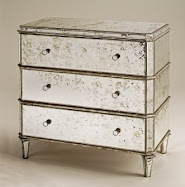





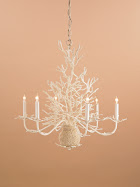
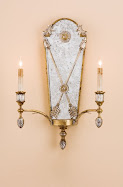

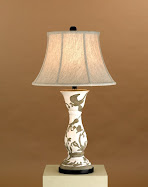



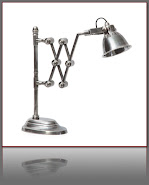





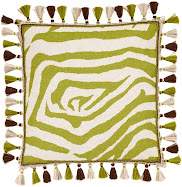

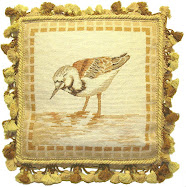
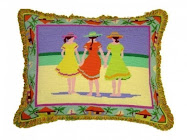



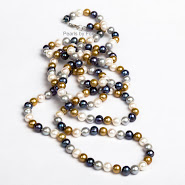














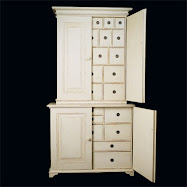

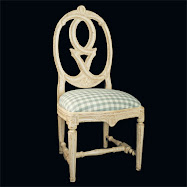


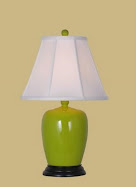








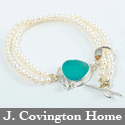


























































3 comments:
I loved learning about this! Thanks for such an inforamtive post. Who doesn't love blue and White - Such a classic!
I was just given a set of Royal Copenhagen blue full lace china. I love to mix it up with my blue willow pieces from thrift shops and yard sales.
Do you think there's some cosmic force at work? I just read pigtown-design's blog, and by chance just read yours and I see that you have both written about blue and white china. My blog on Friday, (which I wrote before reading both of yours is also about B&W. We could not be more on the same wavelength!
Post a Comment